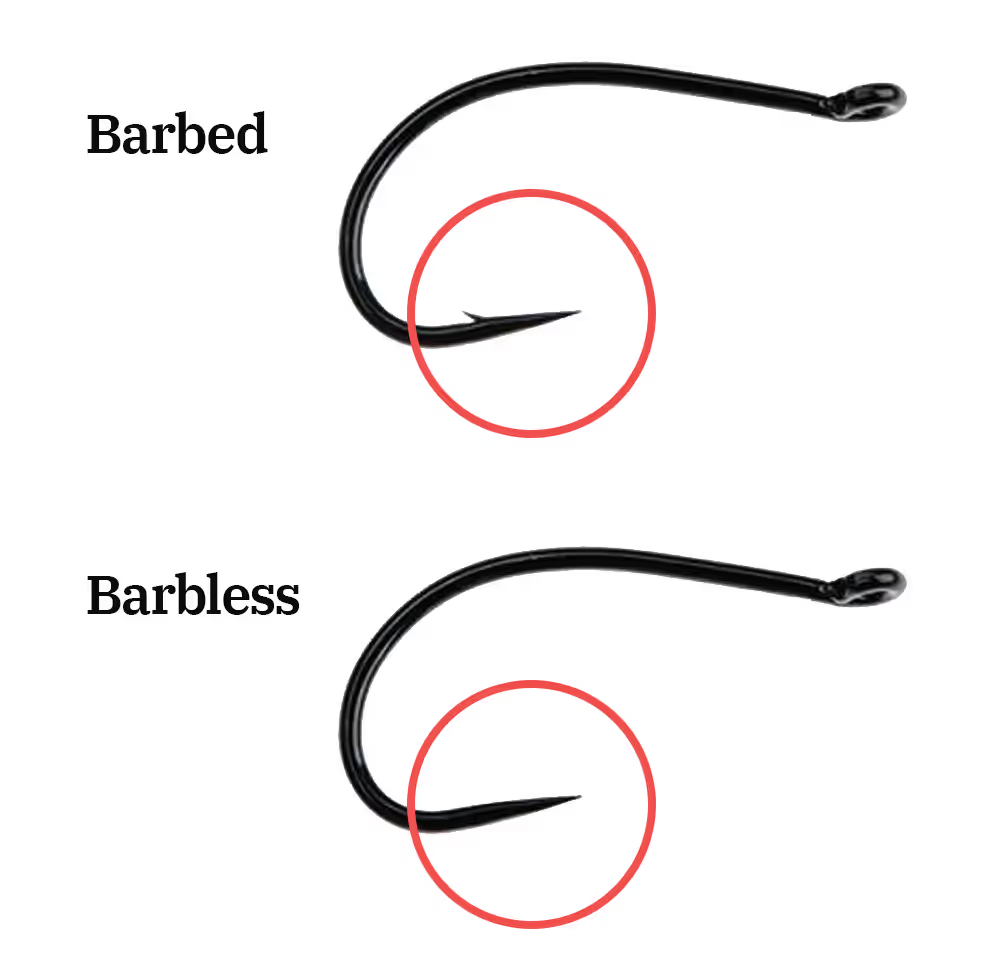Follow Andy McGovern Fishing on Facebook and Instagram.
Murray cod were once a plentiful species throughout the Murray-Darling Basin, however, they are now threatened by overfishing, mishandling, and environmental changes. The species are endemic to Australia and are currently listed as a vulnerable species under the EPBC Act, highlighting their national significance. Their rarity, status, and beauty make them a popular angling fish for many recreational fishers. It is crucial that proper catch and release practices be implemented during the upcoming fishing season in order to protect our gorgeous Murray cod for many more seasons to come.


#1 – Always wet your hands when handling Murray cod
This helps prevent remove the protective slime on the Murray cod that acts as the first line defence against parasitic infections, bacteria, and other diseases.

#2 – Keep the fish in the water as much as possible
Minimising the time Murray cod spend out of water is really important during catch and release. Hold them in the water while you get your camera ready or your ‘brag’ mat out to measure them.

#3 – Always support the fish’s body weight
Fish cannot sustain their own weight outside the water. Placing a hand under the belly of the fish and avoiding placing it on its side will reduce harm to the animal.

#4 – Use a lip grip as a tool for securing fish
Using a lip grip reduces the risk of the fish escaping with hooks still attached. If possible, opt for a plastic lip grip with smooth edges, rather than a sharp metal one.

#5 – Use an Enviro net
Enviro nets have soft meshing that doesn’t harm the scales or fins of the fish. They also minimise the handling of the fish, making for an easy catch and release.

#6 – Use measuring mat on the water’s edge
Using your brag mat on the water’s edge not only reduces the time the fish is out of the water, but also the chances of them getting sand and debris sticking to their body.

#7 – Use barbless hooks for safer release
Barbless hooks will facilitate a seamless, quick release of our precious native fish compared to standard barbed hooks.
They are easy to remove from the fish’s mouth, meaning minimal damage to any vital and sensitive parts of the fish’s jaw, gill plates, and mouth. The reduced time to remove the barbless hook/s will also result in less stress for the fish and, importantly, minimise time out of the water.
Quite simply, barbless hooks will greatly improve the chance of the cod’s long term survival.
If you are unable to purchase barbless, then just use a pair of long nosed pliers to crush and flatten the barb.

Hanging or holding a fish by the jaw results in the tearing of cartilage around the throat and gills – much like having a permanent broken jaw. This impacts their ability to feed adequately and their long term survival. In some cases it can also rip the stomach cavity, condemning the fish to a slow, painful death. When holding a fish for a photo, always support the body weight and minimise their time spent out of the water.


Treat all fish with respect.

The content on this web page has been developed through a partnership between the Upper Murrumbidgee Recovery Reach project, Andy McGovern and the Australian River Restoration Centre as part of the Murray-Darling Basin Native Fish Recovery Strategy.



